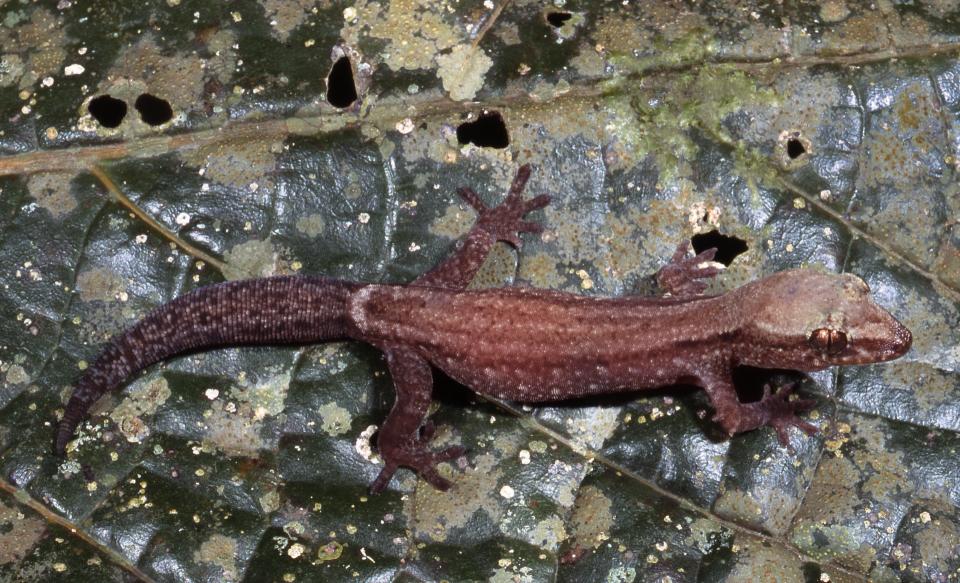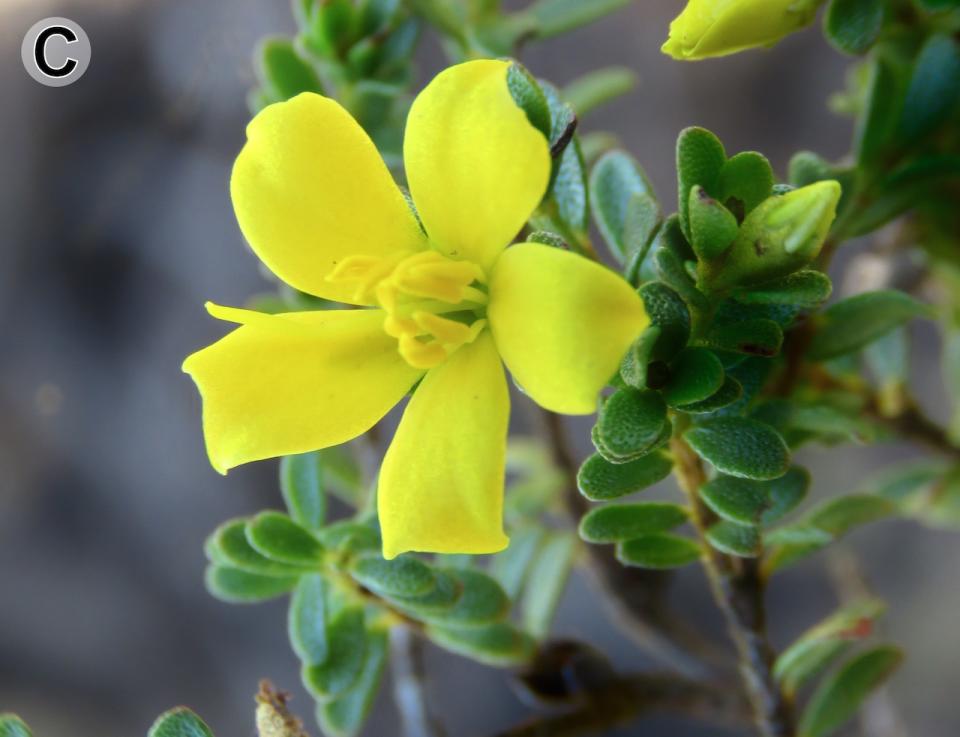Earth's tree of life expands after 146 species discovered in 2022

With frequent media coverage of declining populations of wildlife, it's time we're given more good news about our biodiversity.
Well, the California Academy of Sciences has a positive story to share. In 2022, scientists searched high and low across six continents and in three oceans for new species. From isolated mountain peaks to hundreds of feet beneath the ocean’s surface, the end result was the discovery of 146 new species to add to Earth's tree of life.
SEE ALSO: Global deal reached to reverse nature loss, protect land and oceans
The findings, made by researchers at the California Academy of Sciences, include new animal, plant and fungi species that were added to the tree of life, enhancing the understanding of Earth’s biodiversity and strengthening our ability to regenerate the natural world, the organization said in a news release.

Podarcis latastei. (Riccardo Castiglia)
"New species research is critical for understanding the diversity of life on Earth and identifying ecosystems most in need of protection,” said Shannon Bennett, California Academy of Sciences virologist and chief of science, in the news release.
“...biodiversity science is at the forefront of global conservation action, and is key in unifying nations and equipping them with the tools and information necessary to reverse species extinction rates by 2030. By uncovering and documenting new species, we can contribute to this landmark goal and ensure that our natural world remains rich and diverse for generations to come.”
Wide range of new species added
The new species uncovered include 44 lizards, 30 ants, 14 sea slugs, 14 flowering plants, 13 sea stars, seven kinds of fish, four beetles, four sharks, three moths, three worms, two scorpions, two spiders, two lichens, one toad, one clam, one aphid, and one sea biscuit.
More than a dozen academy scientists and several international collaborators described the new-to-science specimens.

Bavaiya menazi gecko. (California Academy of Sciences)
One of the highlights was the inclusion of 28 geckos to the genus Bavayia, more than doubling the number of known species within the group -- from 13 to 41. According to the California Academy of Sciences, Bavayia is a group of small forest geckos originating in the mountains of New Caledonia, with species made distinct by fairly neutral brown and white markings.
"Though all species within the genus physically look quite similar, we discovered they are in fact genetically distinct,” said Aaron Bauer, California Academy of Sciences research associate, in the news release.
As well, as part of the seven species of fish found, one of the inaugural kinds to be named in the local Dhivehi language is the rose-veiled fairy wrasse (Cirrhilabrus finifenmaa). Finifenmaa means “rose," a gesture to its pink hues and the island nation’s national flower.
The academy also noted that the fairy wrasse is the first-ever species to be formally described by a Maldivian researcher.

Cirrhilabrus finifenmaa. (Yi-Kai Tea)
“It has always been foreign scientists who have described species found in the [Republic of] Maldives without much involvement from local scientists, even those that are endemic to the Maldives,” said Ahmed Najeeb, study co-author and Maldives Marine Research Institute (MMRI) biologist, in a statement earlier this year.
“This time it is different and getting to be part of something for the first time has been really exciting, especially having the opportunity to work alongside top ichthyologists on such an elegant and beautiful species.”
In terms of new plant species, California Academy of Sciences research associate, Ricardo Pacifico, came across Microlicia prostrata, a yellow-blossomed shrub, on a remote peak that had never been surveyed by botanists before. “The shrubs on the summit were less than half a metre high,” said Pacifico. “It was like walking through a garden.”

Microlicia prostrata. (R. Pacifico)
According to the California Academy of Sciences, Microlicia prostrata can only survive on the specific mountaintop where it was found. With global temperatures rising, populations of plants -- particularly the species that have adjusted to confined temperature ranges -- are pushed to migrate to colder regions at higher elevations.
WATCH: Madagascar's endangered animals would take 23 million years to replace
Thumbnail courtesy of Yi-Kai Tea.
Follow Nathan Howes on Twitter.

